General timings: 10am – 6pm
Last entry: 5pm
Closed: December 25, January 1, and May 1
Housed in a former Gothic palace on the island of Murano, the Murano Glass Museum is the best place to understand the island’s legacy of glassmaking. This museum takes you through years of glass history—from ancient Roman techniques to contemporary innovations—and showcases the craftsmanship that made Murano a global name.
Whether you're joining a Murano, Burano & Torcello island tour or visiting Murano solo, the museum is a must for anyone curious about how sand and fire became Venice’s most beautiful export.
The Murano Glass Museum is accessible via separate ticket if you’re exploring Murano independently. Entry is covered by the Venice Museum Pass as well.
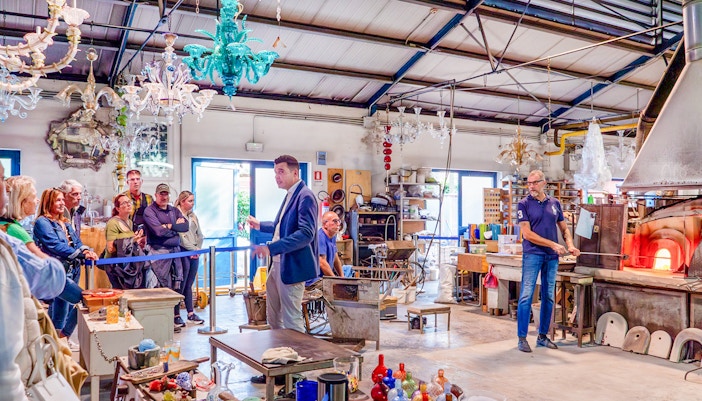

Murano Glass Museum offers a rare glimpse into the world of Venetian glass artistry. Whether you're into design, history, or craft, this museum helps you see glass in a whole new light.
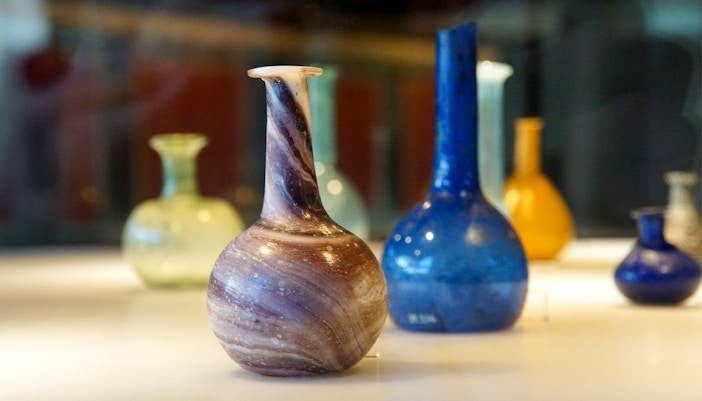
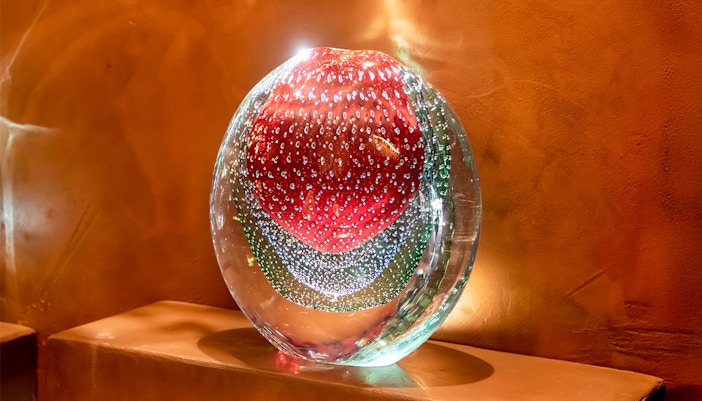
Elegant vessels from the 1st–3rd centuries AD, showcasing early glassblowing techniques.
18th-century piece featuring a frieze of a dove and ribbon, exemplifying intricate decoration.
16th–17th-century items displaying the unique marbled effect achieved through skillful glass mixing.
20th-century works characterized by a milky-white appearance, representing innovation in glass texture.
Pieces adorned with gold leaf, highlighting the luxurious aspect of Murano glass.
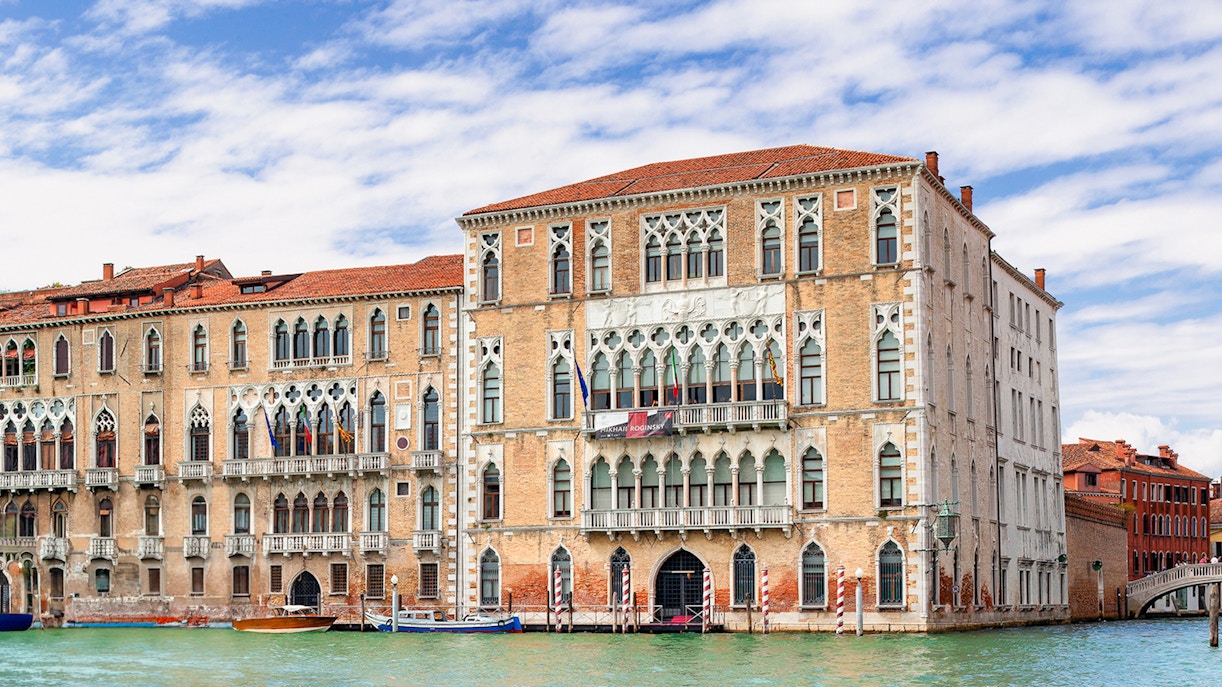
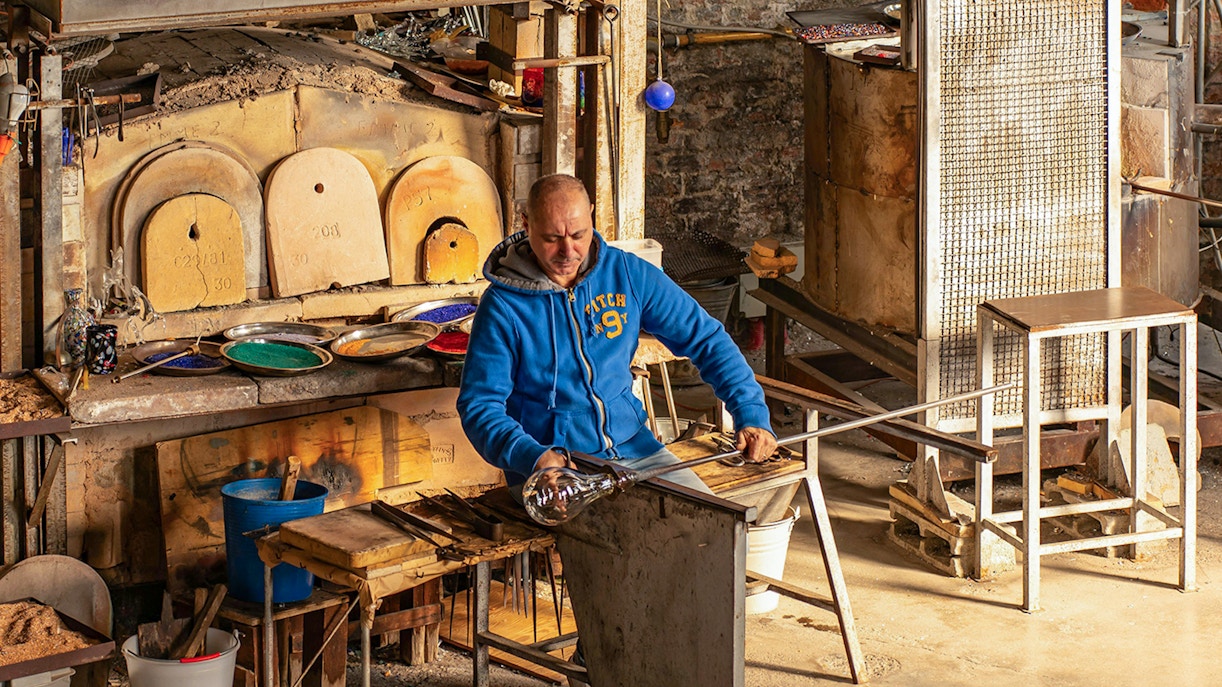
If you're on a Murano, Burano & Torcello guided tour, check if museum entry is included. Otherwise, buy individual tickets or use the Venice Museum Pass.
Not usually. For live demos, head to one of the nearby glass factories on Murano that offer public viewings.
Yes, the building has ramps and elevators for full accessibility.
The gift shop offers certified Murano glass souvenirs, including jewelry, ornaments, and vases.
Yes! The museum is suitable for all ages, and children often enjoy watching the glass demonstrations and colorful displays.
The museum focuses on historical collections, but there are nearby workshops on Murano where you can watch live glassblowing.
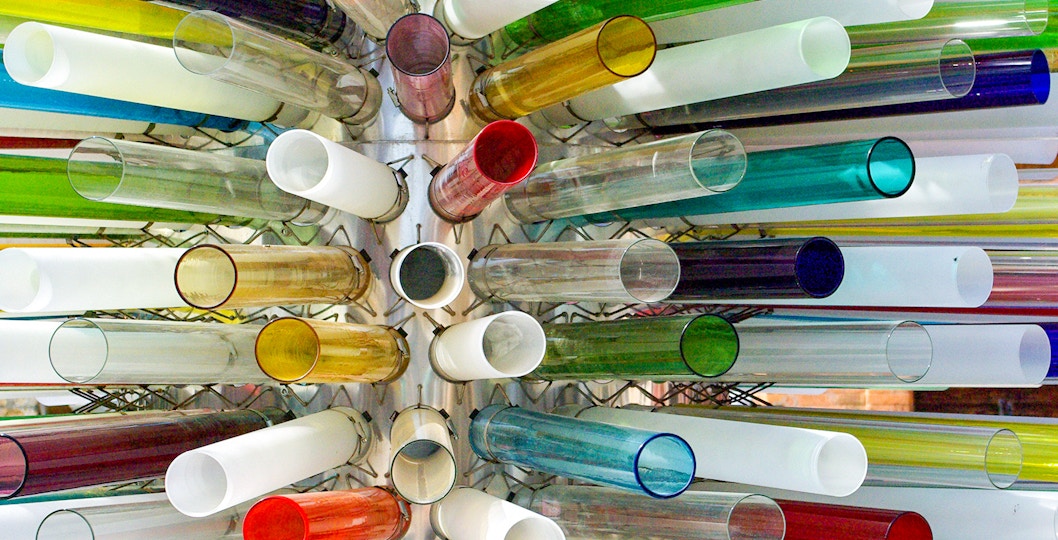
Scenic day tour to all three lagoon islands—with live glassblowing demo and easy boat transfers.
Inclusions
Visit to Murano, Burano, and Torcello islands
Round-trip motorboat transfer from St. Mark's Square or Venice Railway Station (as per option selected)
Glass-blowing demonstration at a Murano glass factory
Multilingual assistance on board (English, German, Spanish, French, Italian)
Intimate, slow-paced island-hopping tour to Murano & Burano with a small group of 22.
Inclusions
Round-trip transportation by private boat taxi
Visit to Murano and Burano
Expert guide
Small group size of 22 guests or less
Glassblowing and lacemaking demonstrations
DIY island-hopping with unlimited vaporetto rides across Venice and its lagoon islands for up to 7 days.
Inclusions
1/2/3/7-day validity
Access to unlimited ACTV Vaporetti (water buses) in Venice, Lido and lagoon islands
Access to unlimited ACTV buses in Mestre, Marghera and mainland
Access to Trenitalia regional (R & RV) trains within the Venice municipality.
Digital city audio guide (as per option selected)
Exclusions
Focused Murano visit with round-trip watertaxi transfers, live demo & full glass factory access.
Inclusions
Tour Venice's top two islands—live demo, onboard audio guide, and round-trip boat transfers.
Inclusions
Exclusions
Skip lines and see world’s largest and oldest Murano glass collection.
Inclusions
Exclusions
Inclusions
Entry to Murano Glass Museum
Entry to Burano Lace Museum
This all-in-one Venice tour ticks off the golden-domed cathedral, the palace of power, a gondola ride & hidden gems.
Inclusions
Guided tour of St. Mark's Basilica with skip-the-line entry
Guided tour of Doge's Palace with skip-the-line entry
Expert English-speaking guide
Shared gondola ride for 30 minutes
Round-trip transfers to/from Murano & Burano Islands (as per option selected)
Exclusions
Half-day tour
Full-day tour
St. Mark's Basilica
Doge's Palace
Access to 30+ attractions & unlimited public transport in Venice.
Inclusions
Validity: 1–7 days (based on option selected)
Attractions: Doge’s Palace, Scala Contarini del Bovolo, Scuola Grande di San Rocco & more
Museums: Museum Correr (Part of San Marco), National Archaeological Museum, Leonardo Da Vinci Interactive Museum, Ca’ Rezzonico (18th-Century Museum) & more
Guided tours: Venice Walking Tour
Boat tours: Gondola Ride, Island Tour of Murano–Burano–Torcello & more
Discounts: EatWith (10% off), Kolet eSIM (1GB free)
Access to public transport: Vaporetto water buses, buses & trams across Venice and Mestre (optional add-on)
Get complete details [here](https://cdn-imgix.headout.com/media/pdfs/3936168448ca2963efc69a1d73b5a467-Turbopass Venice City Card 1 to 7-Day Pass.pdf)
Exclusions
A day trip to Murano, Burano, and Torcello departing Venice’s main port, Punta Sabbioni.
Inclusions
Boat tour around Murano and Burano Islands
Boat tour of Torcello Island (if selected)
English, Italian, and German-speaking guide onboard
Round-trip boat transfers from Punta Sabbioni Venice
Glass blowing demonstration in Murano
You can cancel these tickets up to 24 hours before the experience begins and get a full refund.
Book now without paying anything. Cancel for free if your plans change.
You can cancel these tickets up to 24 hours before the experience begins and get a full refund.
Book now without paying anything. Cancel for free if your plans change.
You can cancel these tickets up to 24 hours before the experience begins and get a full refund.
Book now without paying anything. Cancel for free if your plans change.
You can cancel these tickets up to 24 hours before the experience begins and get a full refund.
Book now without paying anything. Cancel for free if your plans change.
You can cancel these tickets up to 48 hours before the experience begins and get a full refund.
Book now without paying anything. Cancel for free if your plans change.
You can cancel these tickets up to 24 hours before the experience begins and get a full refund.
Book now without paying anything. Cancel for free if your plans change.
You can cancel these tickets up to 24 hours before the experience begins and get a full refund.
Book now without paying anything. Cancel for free if your plans change.